Active Recombinant Human CTF1 protein(Ser2-Ala201)
| Cat.No. : | CTF1-238H |
| Product Overview : | Recombinant Human CTF1 (NP_001321.1) (Ser2-Ala201) was expressed in HEK293 with two additional amino acids (Gly & Pro) at the N-terminus. |
- Specification
- Gene Information
- Related Products
- Case Study
- Application
- Download
| Species : | Human |
| Source : | HEK293 |
| Tag : | Non |
| Protein Length : | Ser2-Ala201 |
| Form : | Lyophilized from sterile PBS, pH 7.4. Normally 5 % - 8 % trehalose, mannitol and 0.01% Tween80 are added as protectants before lyophilization. |
| Bio-activity : | Measured in a cell proliferation assay using TF-1 human erythroleukemic cells. The ED50 for this effect is typically 2-10 ng/ml. |
| Molecular Mass : | The recombinant human CTF1 comprises 202 amino acids and has a predicted molecular mass of 21.2 kDa. The apparent molecular mass of the protein is approximately 26.6 kDa in SDS-PAGE under reducing conditions due to glycosylation. |
| Endotoxin : | < 1.0 EU per μg of the protein as determined by the LAL method. |
| Purity : | > 85 % as determined by SDS-PAGE |
| Storage : | Samples are stable for up to twelve months from date of receipt at -20°C to -80°C. Store it under sterile conditions at -20°C to -80°C. It is recommended that the protein be aliquoted for optimal storage. Avoid repeated freeze-thaw cycles. |
| Reconstitution : | It is recommended that sterile water be added to the vial to prepare a stock solution of 0.2 ug/ul. Centrifuge the vial at 4°C before opening to recover the entire contents. |
| Gene Name | CTF1 cardiotrophin 1 [ Homo sapiens ] |
| Official Symbol | CTF1 |
| Synonyms | CTF1; cardiotrophin 1; cardiotrophin-1; CT 1; CT1; cardiophin 1; CT-1; |
| Gene ID | 1489 |
| mRNA Refseq | NM_001142544 |
| Protein Refseq | NP_001136016 |
| MIM | 600435 |
| UniProt ID | Q16619 |
| ◆ Recombinant Proteins | ||
| Ctf1-049M | Active Recombinant Mouse Ctf1 Protein | +Inquiry |
| Ctf1-1174R | Recombinant Rat Ctf1 protein | +Inquiry |
| CTF1-137H | Recombinant Human CTF1 protein, His-tagged | +Inquiry |
| Ctf1-183M | Recombinant Murine Cardiotrophin 1 | +Inquiry |
| CTF1-238H | Active Recombinant Human CTF1 protein(Ser2-Ala201) | +Inquiry |
| ◆ Cell & Tissue Lysates | ||
| CTF1-001HCL | Recombinant Human CTF1 cell lysate | +Inquiry |
Case 1: Ping Y, et al. J Clin Lab Anal. 2021
This study develops a rapid, sensitive one-step MPs-CLIA method for detecting cardiotrophin-1 (CT-1), a key heart failure biomarker, using streptavidin-modified paramagnetic particles and biotin/acridinium ester-labeled antibodies. The assay demonstrates high sensitivity (1.0 pg/mL detection limit), wide linearity (7.8 pg/mL–200 ng/mL), and reliable precision (recoveries 96–110%; intra-/inter-assay CVs ≤10.9%), validated through 140 clinical samples. This chemiluminescence immunoassay shows strong potential for heart failure diagnosis and prognosis assessment.
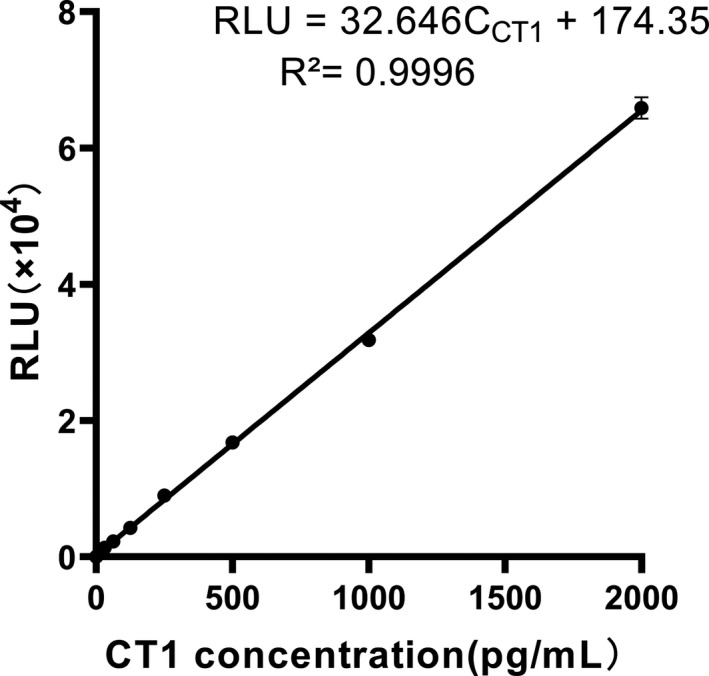
Fig1. Calibration curve for the determination of CT-1 by MPs-CLIA.
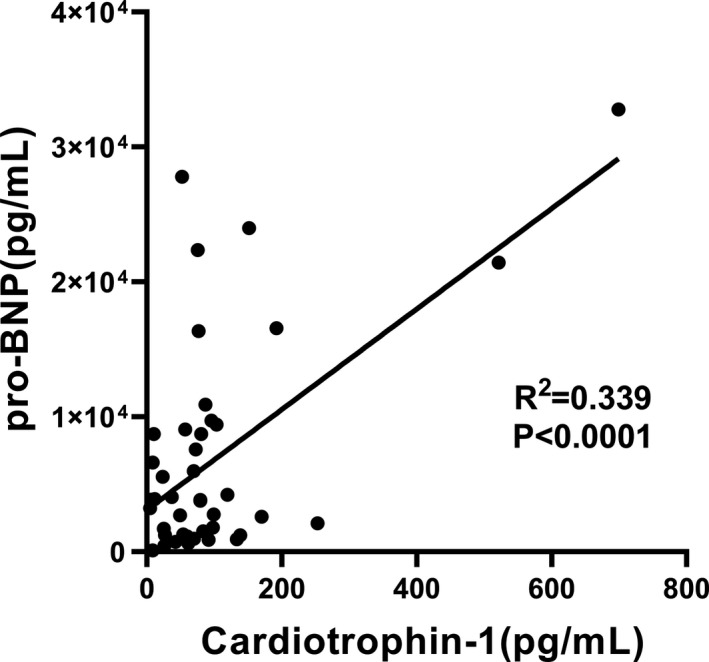
Fig2. Correlation between plasma levels of CT-1 and pro-BNP in 44 CHF patients.
Case 2: Abdul-Ghani M, et al. Cell Res. 2017
This study reveals cardiotrophin-1 (CT-1) drives physiological cardiac hypertrophy by enhancing myocardial angiogenesis via CK2-mediated caspase regulation, distinguishing it from pathological growth. Using a heart failure model, CT-1 protein therapy reversed pathology and restored cardiac function, demonstrating potential for right heart failure treatment. Findings highlight CT-1's dual role in adaptive cardiac remodeling and its therapeutic value in heart disease management.
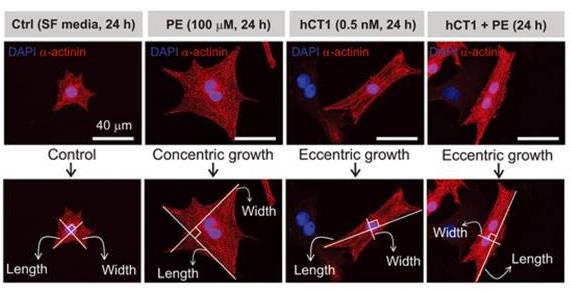
Fig1. Human cardiotrophin 1 (hCT1) induces morphologic changes in primary cardiomyocytes.
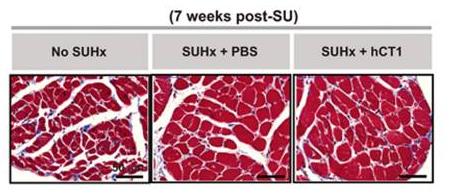
Fig2. hCT1 treatment significantly decreased cardiomyocyte cross-sectional area.
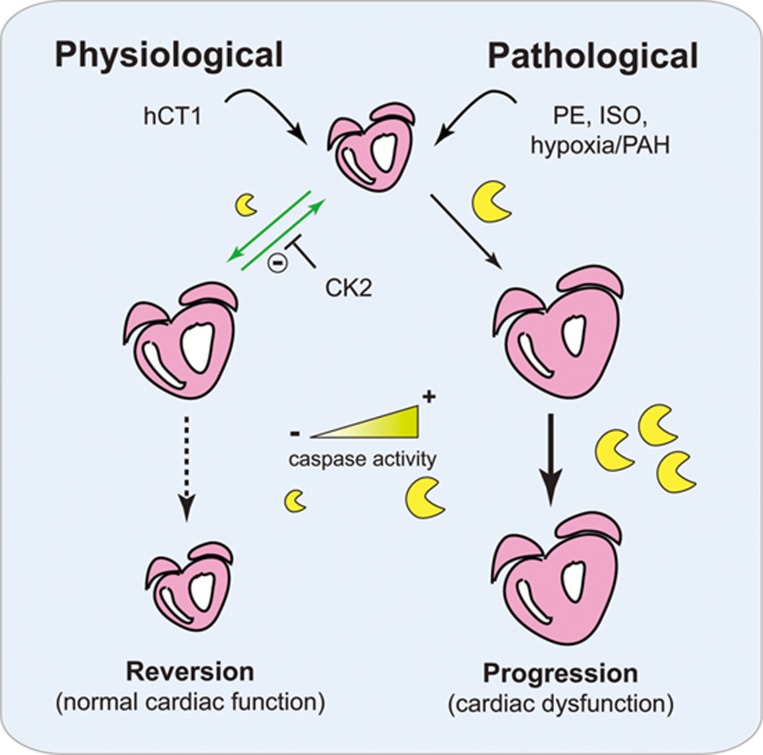
Fig1. Proposed model of hCT1-mediated physiologic cardiac hypertrophy. (Mohammad Abdul-Ghani, 2017)
Not For Human Consumption!
Inquiry
- Reviews
- Q&As
Ask a Question for All CTF1 Products
Required fields are marked with *
My Review for All CTF1 Products
Required fields are marked with *
Inquiry Basket


